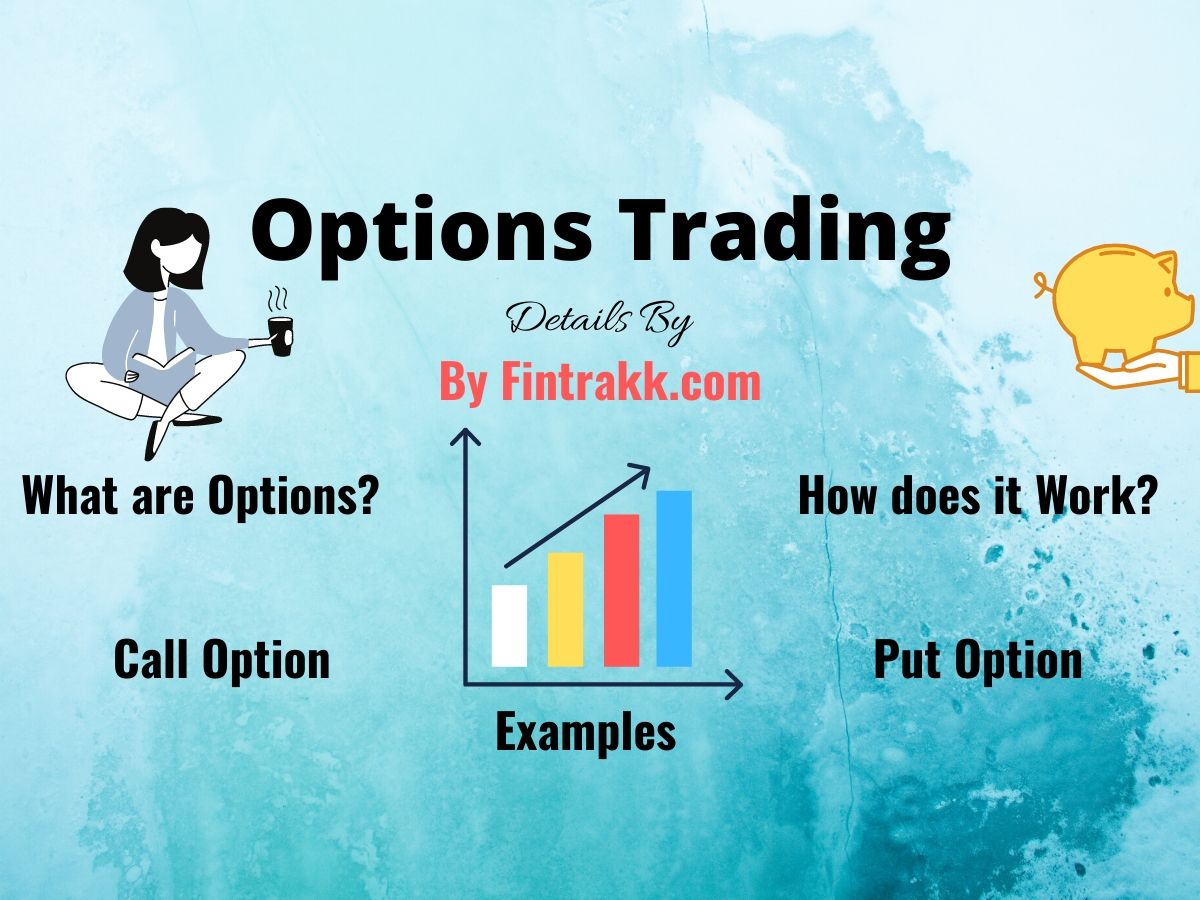Introduction

Image: www.barnesandnoble.com
In the fast-paced world of finance, options trading has emerged as a powerful tool for investors seeking to enhance their returns and manage risk. However, the intricate nature of options trading can often intimidate beginners who wish to enter the realm of financial markets. This comprehensive guide aims to demystify the world of easy option trading, providing a straightforward and comprehensive roadmap for beginners to navigate this lucrative arena.
Options trading involves the buying and selling of contracts that give traders the right, but not the obligation, to buy or sell an underlying asset at a predetermined price within a specified period. This flexibility allows investors to capitalize on market fluctuations without directly owning the asset, offering a myriad of strategies to suit diverse market conditions and investment goals.
Fundamental Concepts of Option Trading
Before embarking on the journey of option trading, it is essential to grasp the fundamental concepts that underpin this financial instrument.
- Calls and Puts: Calls provide the right to buy an asset at a strike price, while puts grant the right to sell an asset.
- Strike Price: This predetermined price serves as the threshold at which the investor can exercise their option to buy or sell the underlying asset.
- Expiration Date: Options have a fixed expiration date, after which they become worthless.
- Premium: The price paid to purchase an option contract to secure the rights it confers.
Understanding Option Pricing
The value of an option contract is influenced by several key factors, including:
- Underlying Asset Value: The value of the underlying asset (e.g., stock, commodity) plays a significant role in determining the option’s price.
- Volatility: Market volatility affects option pricing, as higher volatility implies greater potential for price swings, thereby boosting option premiums.
- Time to Expiration: As the expiration date approaches, the time value of an option diminishes, impacting its price.
- Interest Rates: Interest rates can influence the value of options, as they affect the cost of carry for traders holding long positions.
Easy Option Trading Strategies for Beginners
With a firm understanding of the fundamentals, beginners can explore a range of easy option trading strategies tailored to their risk appetite and investment goals:
- Covered Call: Selling a call option while owning the underlying asset, generating income from the premium received.
- Protective Put: Buying a put option against a long stock position, mitigating potential losses from a decline in the stock price.
- Bull Call Spread: Buying a call option with a lower strike price while selling a call option with a higher strike price, benefiting from a moderate rise in the underlying asset’s value.
- Bear Put Spread: Selling a put option with a lower strike price while buying a put option with a higher strike price, benefiting from a modest decline in the underlying asset’s value.
Conclusion
Easy option trading can unlock a world of financial opportunities, empowering investors with the potential to generate additional income and manage risk effectively. By understanding the fundamental concepts, pricing factors, and beginner-friendly strategies outlined in this guide, aspiring traders can confidently embark on their option trading journey. Remember to conduct thorough research, carefully assess risk, and seek guidance from reputable sources to enhance your understanding and maximize your chances of success in the dynamic world of options trading.

Image: fintrakk.com
Easy Option Trading

Image: groww.in






